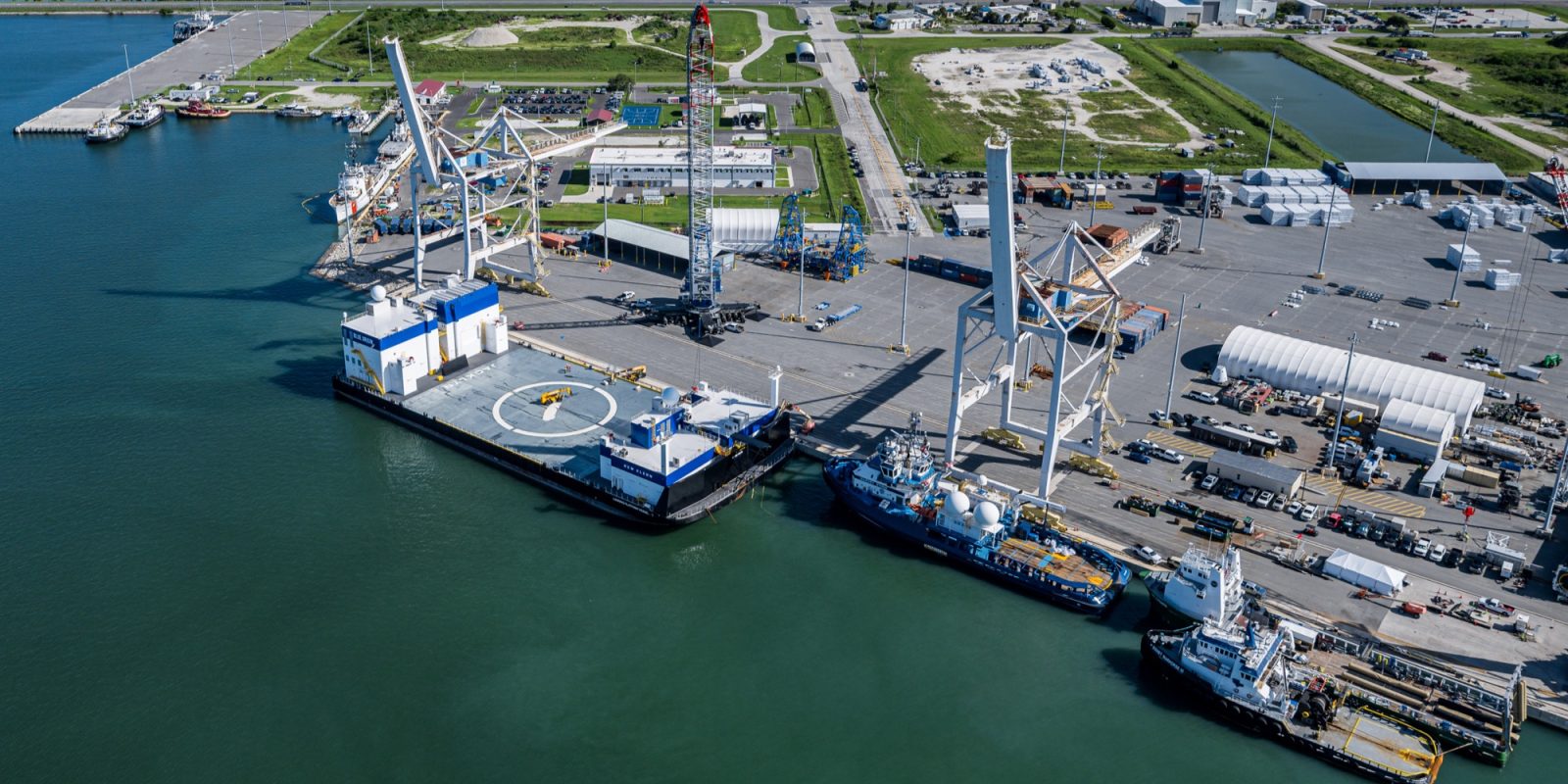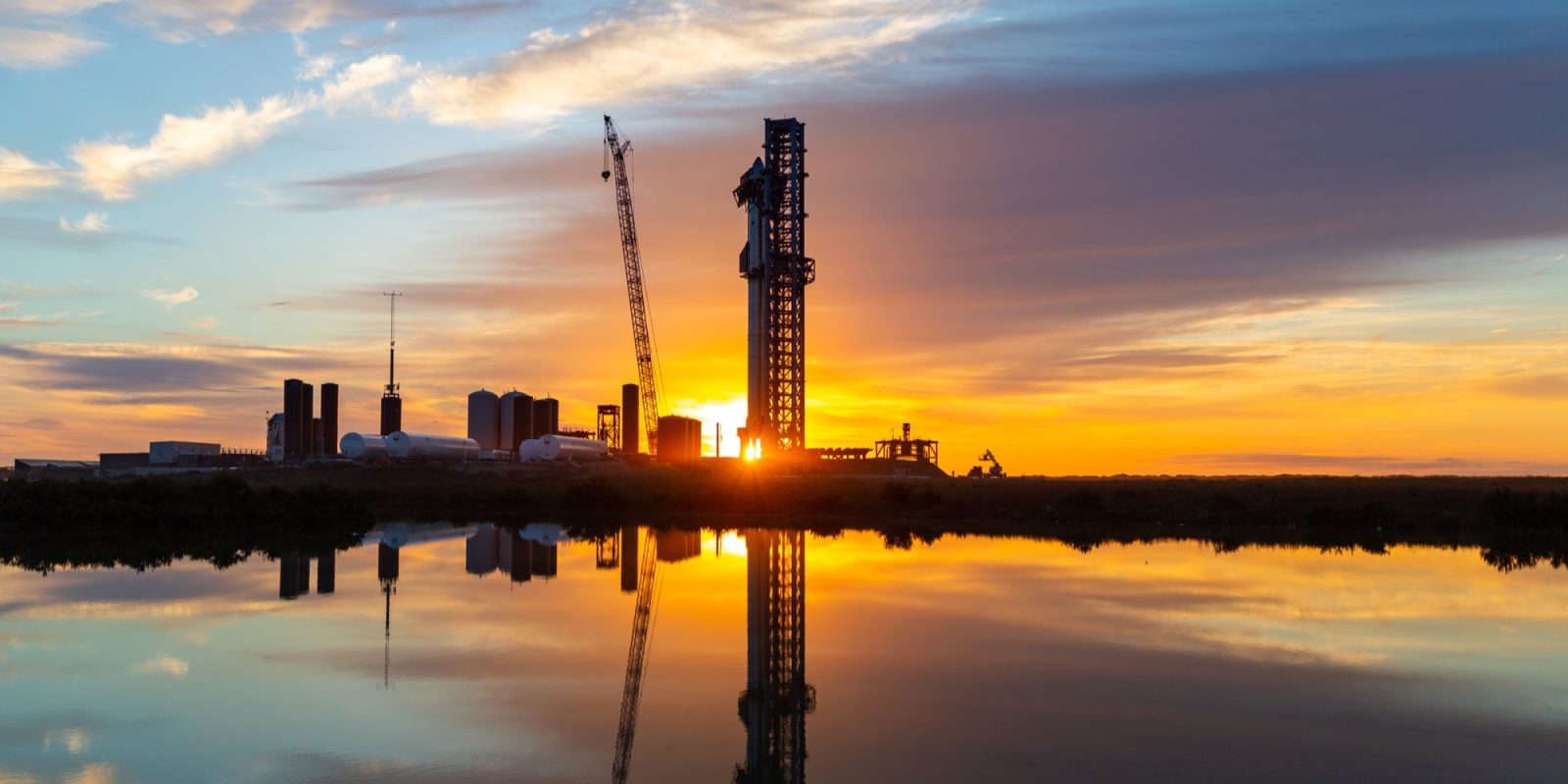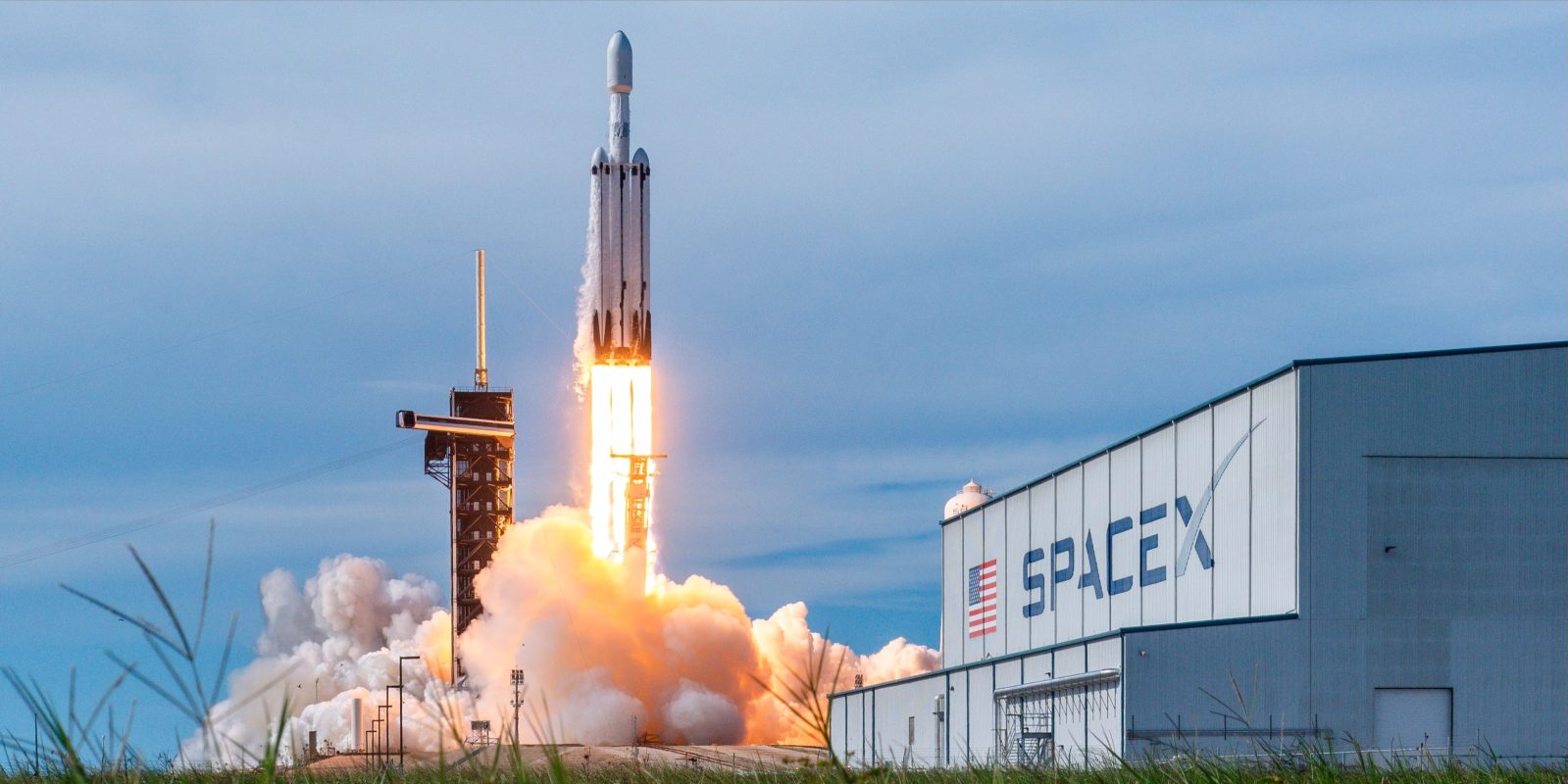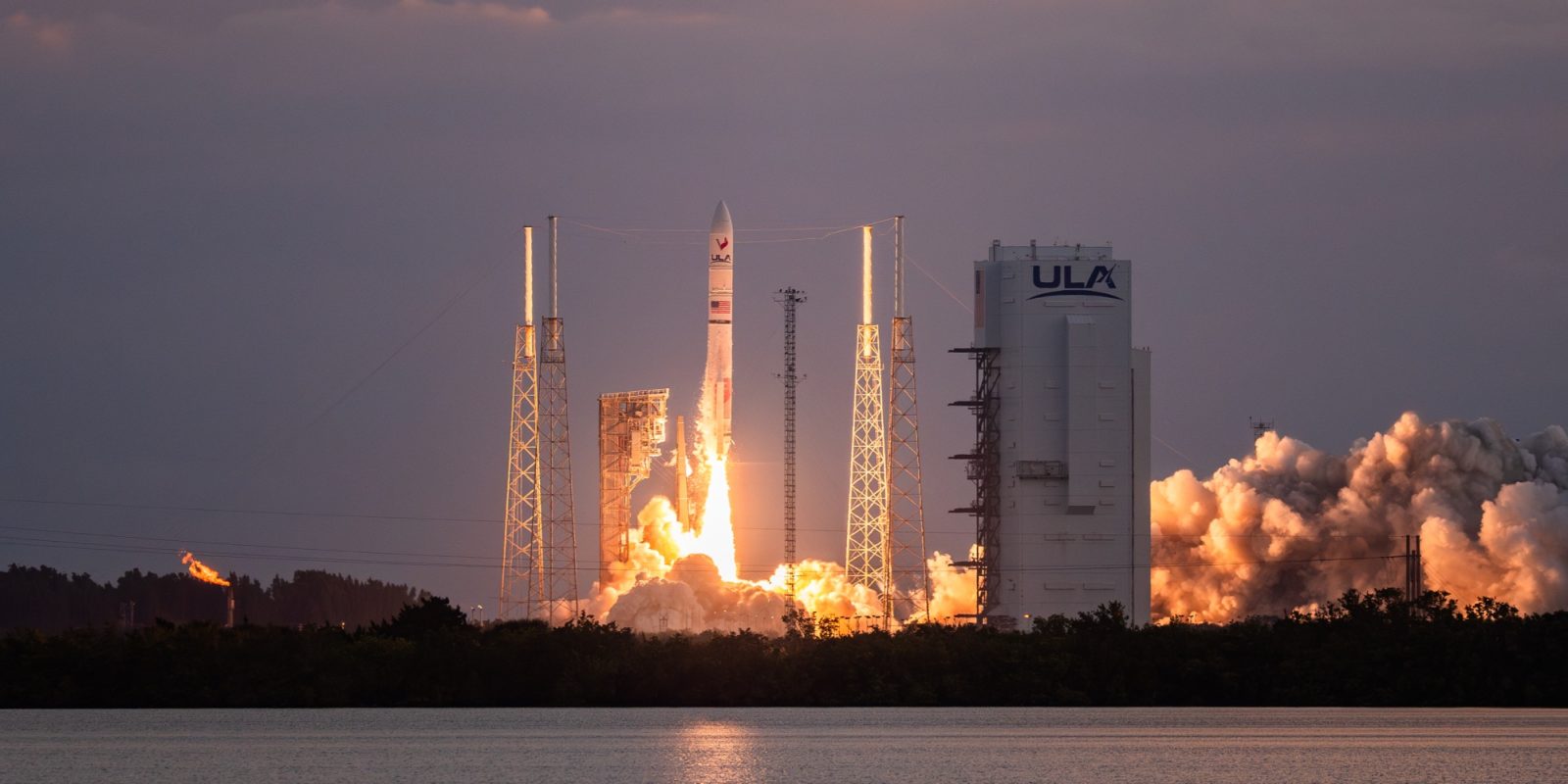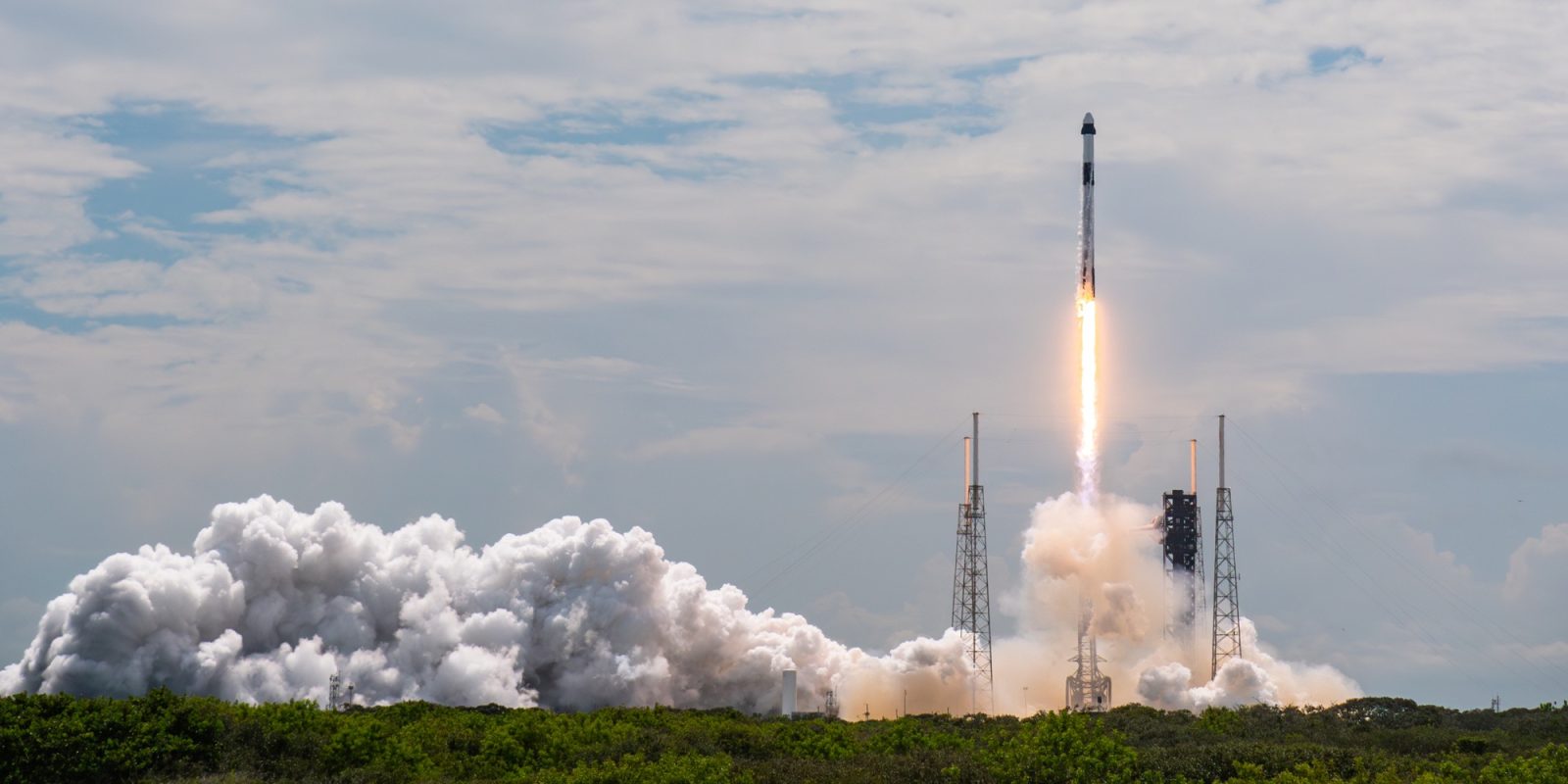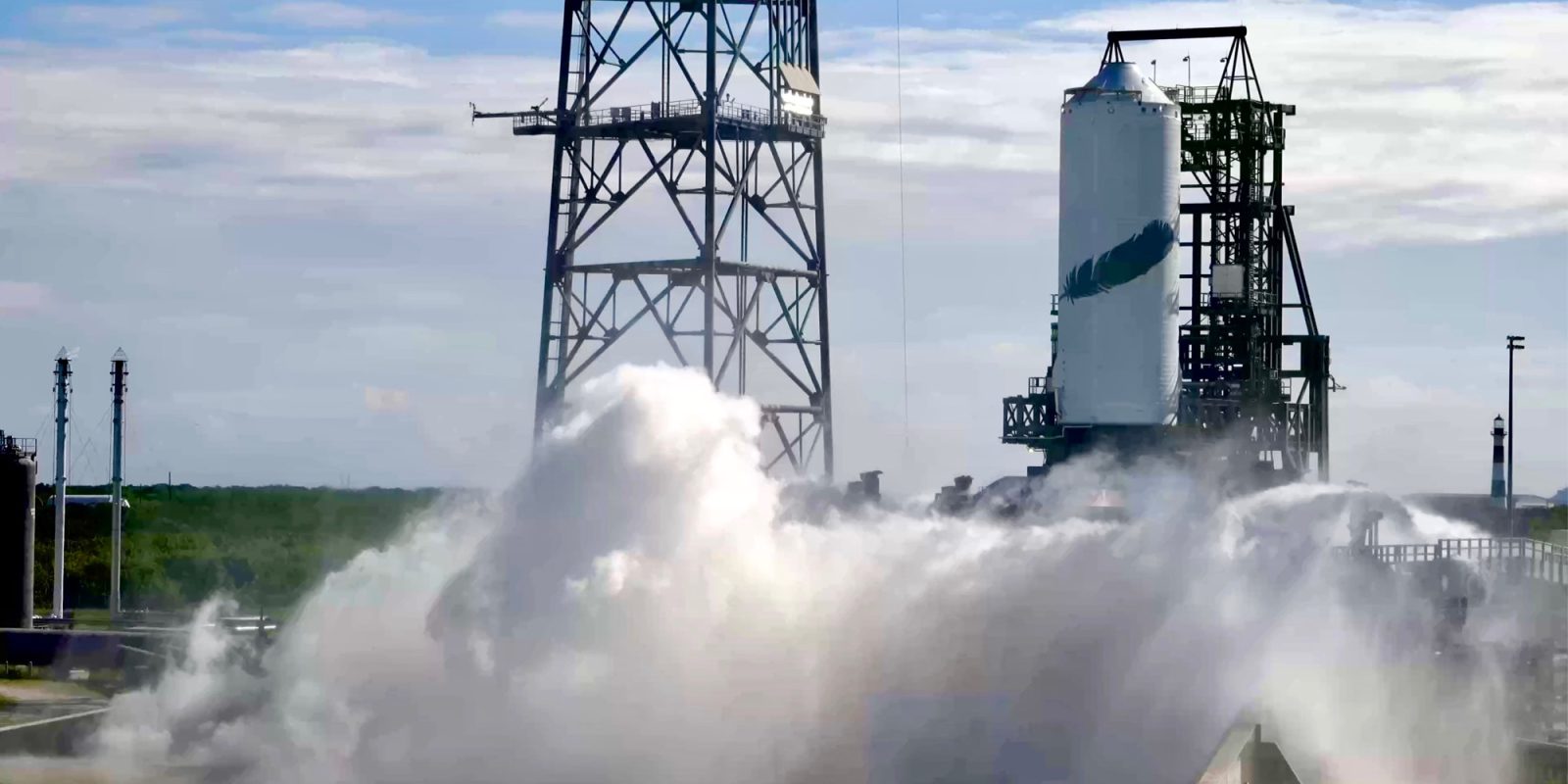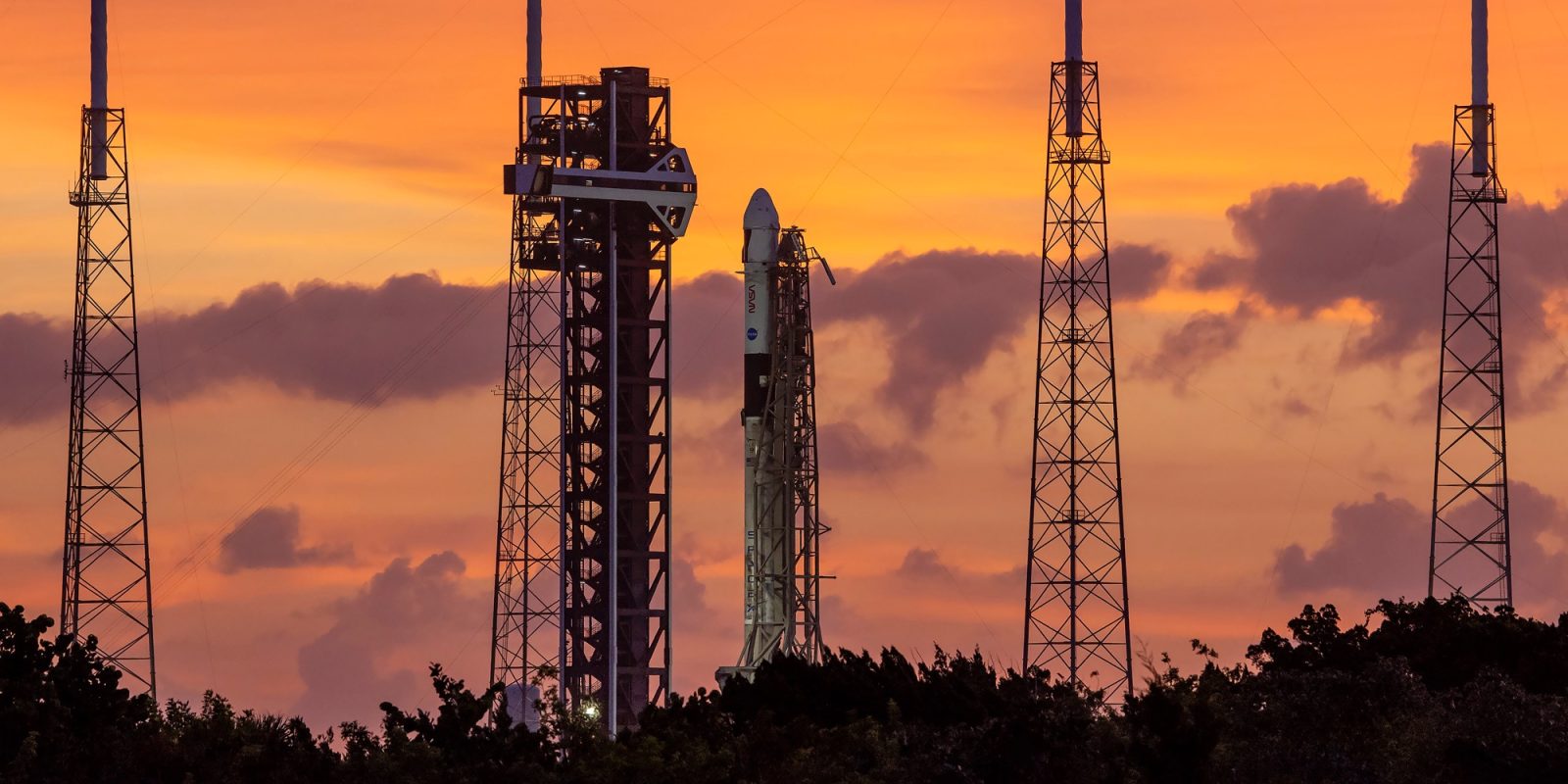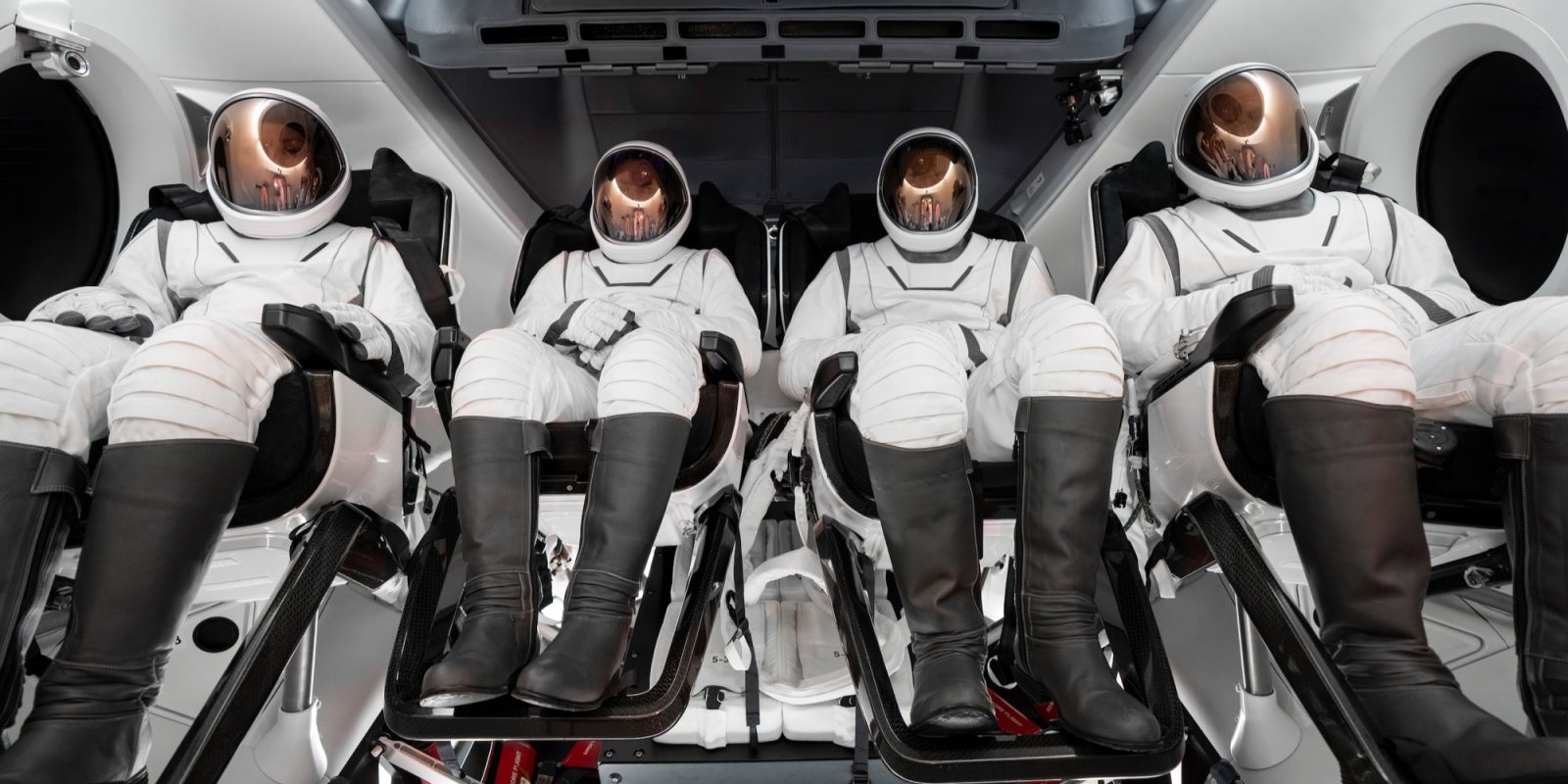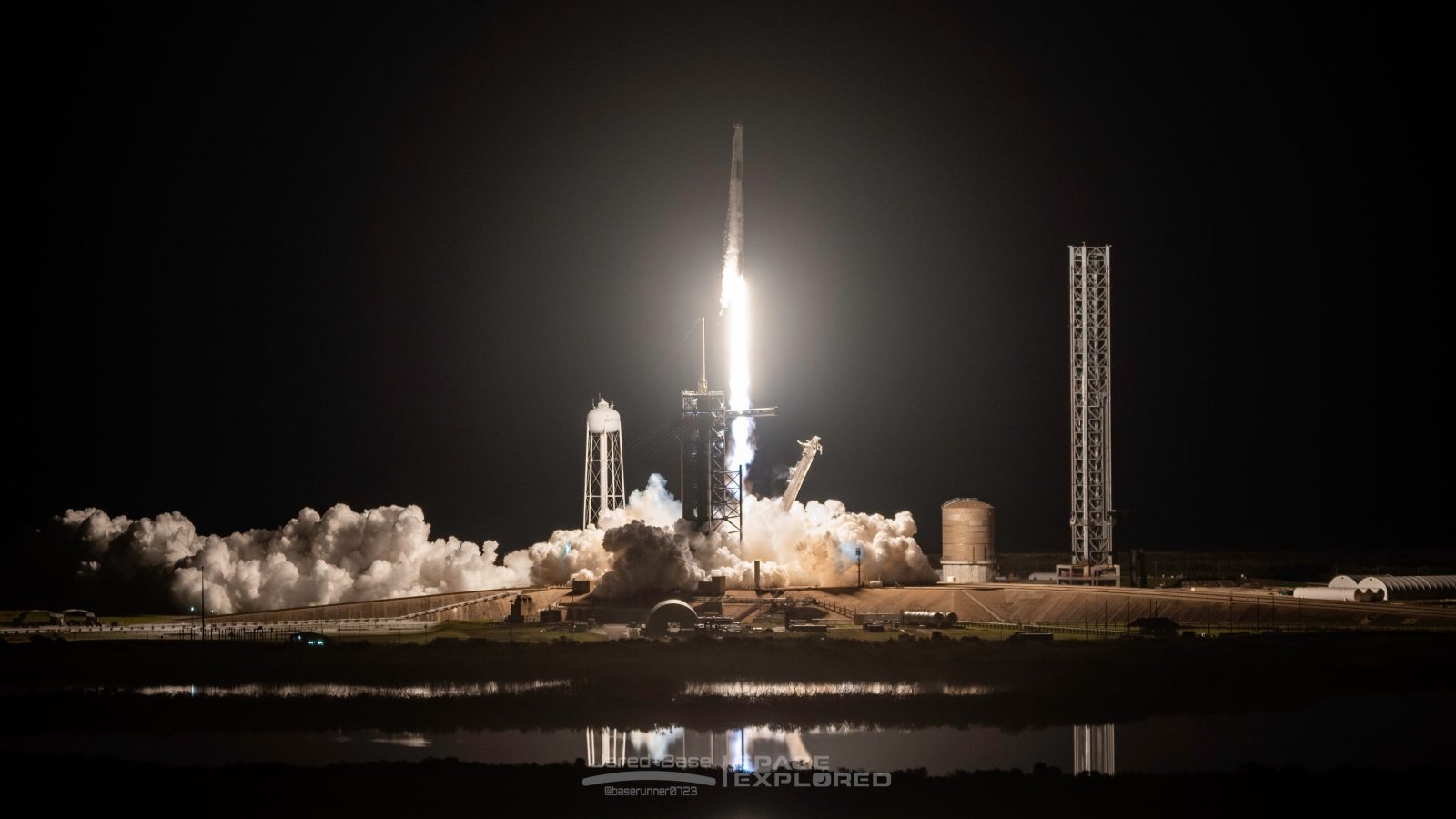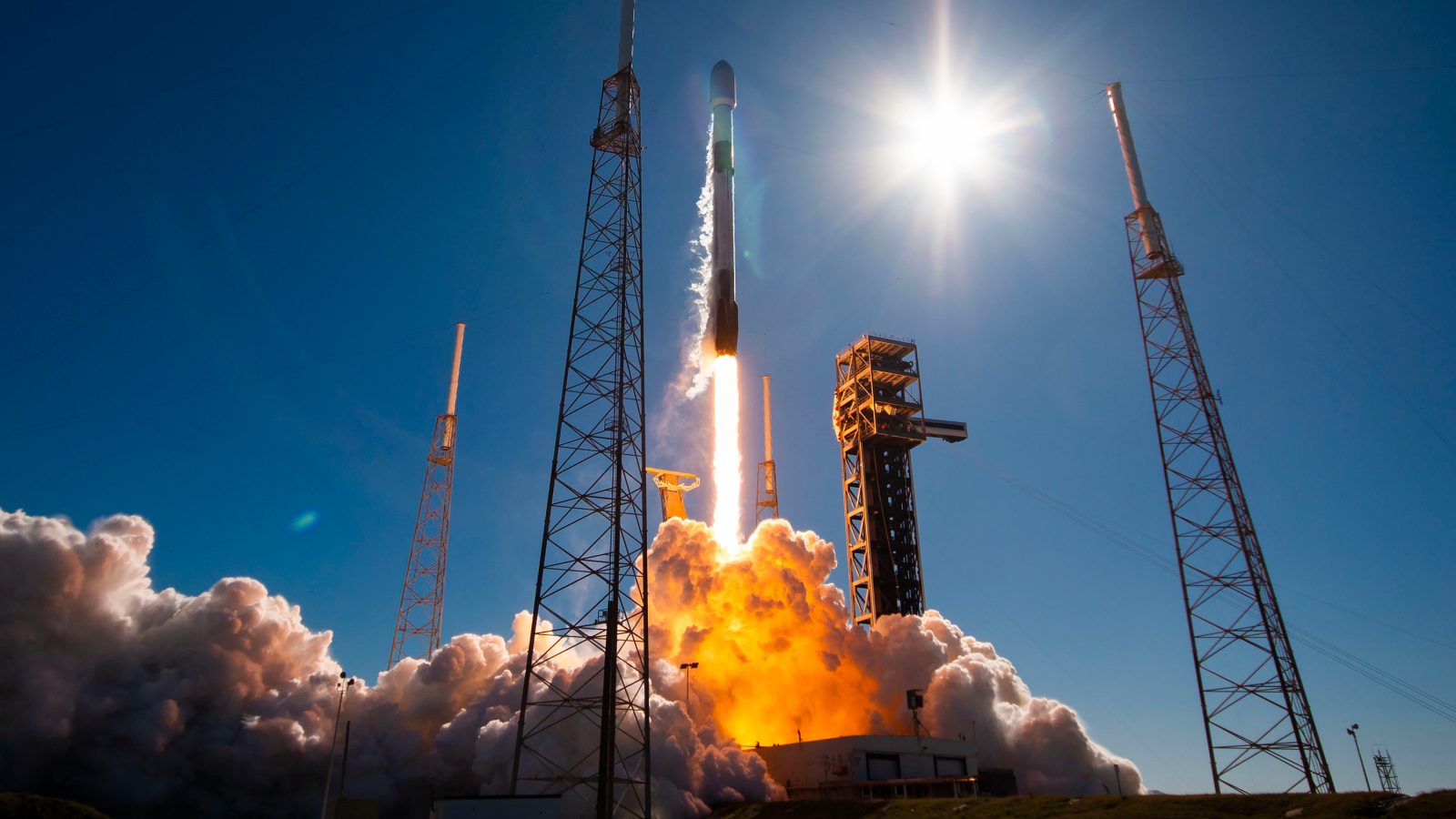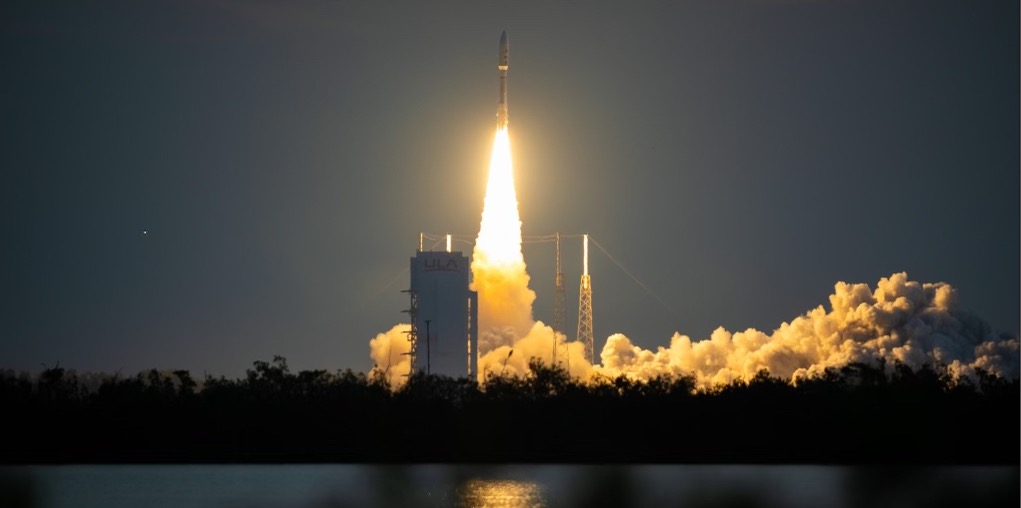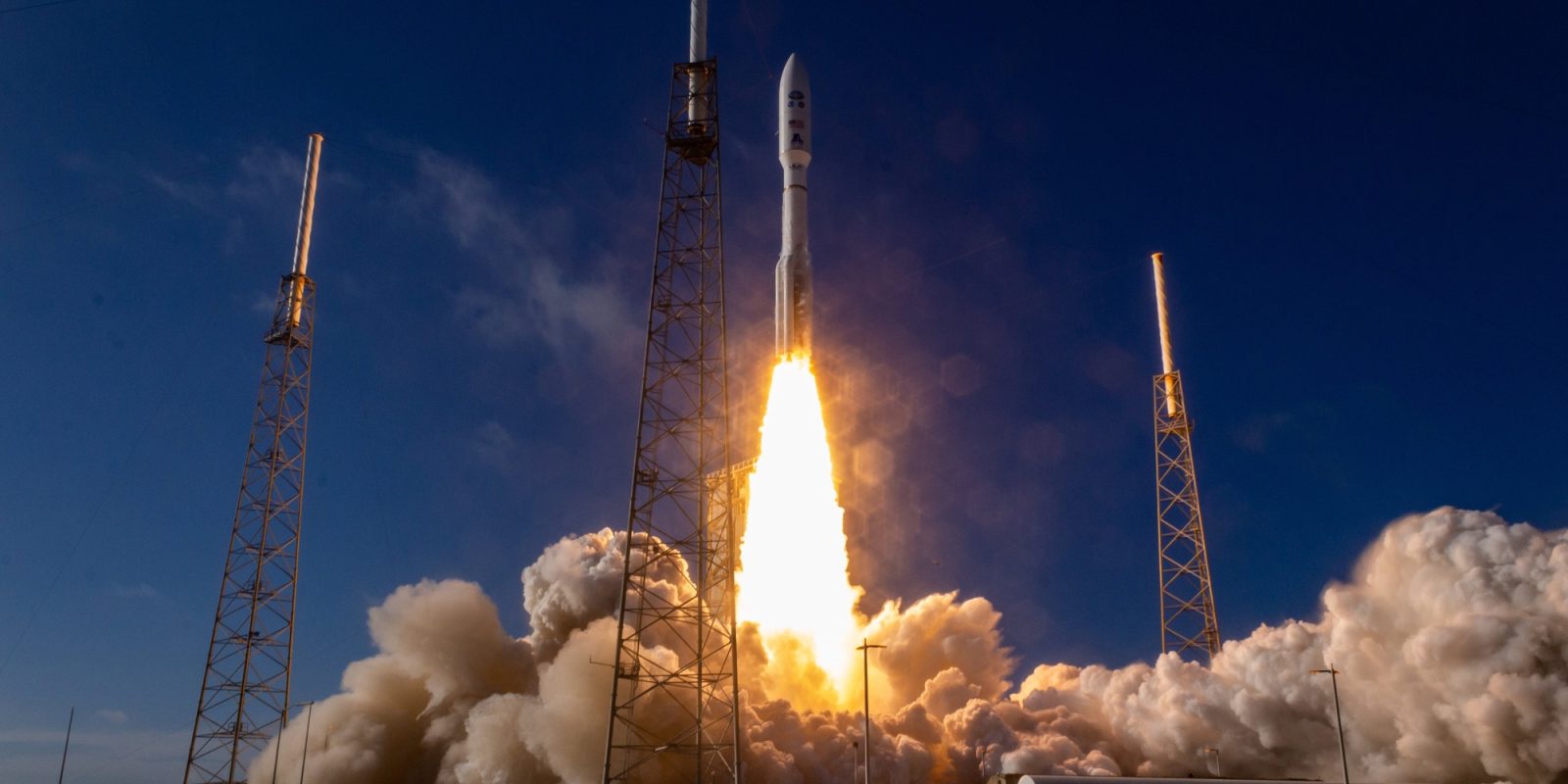Launch
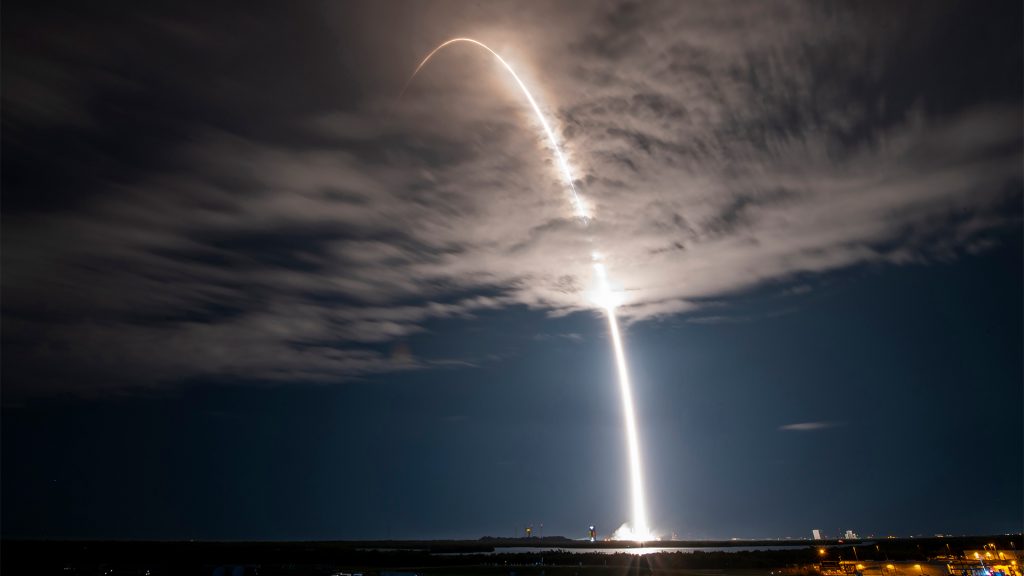
Table of contents
List of launch sites by country
United States of America
Cape Canaveral Space Force Station
Active and Planned
- SLC-11
- Atlas (Historically)
- New Glenn (Combined with SLC-12 and SLC-36)
- SLC-12
- Atlas (Historically)
- Atlas-Able (Historically)
- Atlas-Agena (Historically)
- New Glenn (Combined with SLC-11 and SLC-36)
- SLC-13
- Atlas (Historically)
- Atlas-Agena (Historically)
- SpaceX LZ-1
- SpaceX LZ-2
- Daytona I (Planned)
- Dauntless (Planned)
- SLC-14
- Atlas (Historically)
- Mercury-Atlas (Historically)
- Atlas-Agena (Historically)
- Nova (Planned)
- SLC-16
- Titan I (Historically)
- Titan II (Historically)
- Pershing 1a (Historically)
- Pershing II (Historically)
- Terran 1 (Historically)
- Terran R (Planned)
- SLC-20
- Titan I (Historically)
- Titan III (Historically)
- Alpha (Planned)
- Medium Launch Vehicle (Planned)
- LC-36
- Demolished Sites
- SLC-36A
- Atlas-Centaur (Historically)
- Atlas II (Historically)
- SLC-36B
- Atlas-Centaur (Historically)
- Atlas I (Historically)
- Atlas II (Historically)
- Atlas III (Historically)
- SLC-36A
- Combined Site
- New Glenn (Combined with SLC-11 and 12)
- Demolished Sites
- SLC-40
- Titan III (Historically)
- Titan IV (Historically)
- Falcon 9
- SLC-41
- Titan III (Historically)
- Titan IV (Historically)
- Atlas V
- Vulcan
- SLC-46
- Trident II (Historically)
- Athena I (Historically)
- Athena II (Historically)
- Minotaur IV (Historically)
- Rocket 3 (Historically)
- Future Astra Rocket (Planned)
Inactive
- SLC-1
- Snark (Historically)
- Matador (Historically)
- Aerosat (Historically)
- SLC-2
- Snark (Historically)
- Matador (Historically)
- Aerosat (Historically)
- SLC-3
- Bumper-WAC (Historically)
- BOMARC (Historically)
- Polaris (Historically)
- X-17 (Historically)
- SLC-4
- SLC-4A (Second pad)
- BOMARC (Historically)
- BOMARC (Historically)
- Redstone (Historically)
- Matador (Historically)
- Jason (Historically)
- Draco (Historically)
- SLC-4A (Second pad)
- SLC-5
- Jupiter-C (Historically)
- Mercury (Historically)
- Mercury-Redstone (Historically)
- SLC-6
- Redstone (Historically)
- Jupiter (Historically)
- SLC-9
- Navaho (Historically)
- SLC-15
- Titan I (Historically)
- Titan II (Historically)
- RS1 (Cancelled)
- SLC-18
- Viking (Historically)
- Vanguard (Historically)
- Thor (Historically)
- Blue Scout Junior (Historically)
- Blue Scout (Historically)
- SLC-19
- Titan I (Historically)
- Titan II – Gemini
- SLC-21
- Goose (Historically)
- Mace (Historically)
- SLC-22
- Goose (Historically)
- Mace (Historically)
- SLC-23/24
- Triton (Historically)
- Snark (Historically)
- SLC-25
- Polaris (Historically)
- X-17 (Historically)
- Poseidon (Historically)
- Trident I (Historically)
- SLC-26
- Redstone (Historically)
- Explorer 1 launch site
- Jupiter (Historically)
- Redstone (Historically)
- SLC-29
- Polaris (Historically)
- SLC-30A
- Pershing 1 (Historically)
- SLC-31
- Minuteman (Historically)
- Pershing 1a (Historically)
- Burial of Challenger remains
- SLC-32
- Minuteman (Historically)
- SLC-34
- Saturn 1 (Historically)
- Saturn 1B (Historically)
- Site of Apollo 1 fire
- SLC-37B
- Saturn 1 (Historically)
- Saturn 1B (Historically)
- Delta IV (Historically)
- Delta IV Heavy ((Historically)
- SLC-44
- Sounding Rockets (Historically)
- Super Loki ((Historically)
- Super Loki Lite Star (Historically)
- LOFT-1 (Historically)
Demolished
- Launch Complex A (Replaced with SLC-46)
- Matador (Historically)
- Launch Complex B (Replaced with SLC-46)
- Matador (Historically)
- Launch Complex C (Replaced with SLC-46)
- Matador (Historically)
- Launch Complex D (Replaced with SLC-46)
- Matador (Historically)
- SLC-10 (Replaced with SLC-31 and 32)
- Jason (Historically)
- Draco (Historically)
- Nike Tomahawk (Historically)
- SLC-17A
- Thor (Historically)
- Thor-Able (Historically)
- Thor-Ablestar (Historically)
- Thor-Delta (Historically)
- Delta II (Historically)
- SLC-17B
- Thor (Historically)
- Thor-Ablestar (Historically)
- Thor-Delta (Historically)
- Delta II (Historically)
- Delta III (Historically)
- SLC-37A (Taken over by SLC-37B)
- Saturn 1 (Historically)
- Saturn 1B (Unused)
- SLC-43 (Replaced with SLC-46)
- Super Loki ((Historically)
- SLC-44 (Replaced with submarine turning basin)
- Dragon (Missile) ((Historically)
- SLC-45 (Replaced with SLC-46)
- Roland (Cancelled)
Kennedy Space Center
- LC-39A
- Saturn V (Historically)
- Space Shuttle (Historically)
- Ares V (Canceled)
- Falcon 9
- Falcon Heavy
- Starship (In Development)
- LC-39B
- Saturn V (Historically)
- Saturn IB (Historically)
- Space Shuttle (Historically)
- Ares I-X (Historically)
- Space Launch System
- LC-39C (Canceled)
- LC-48
- No tenants
- LC-49 (Planned)
